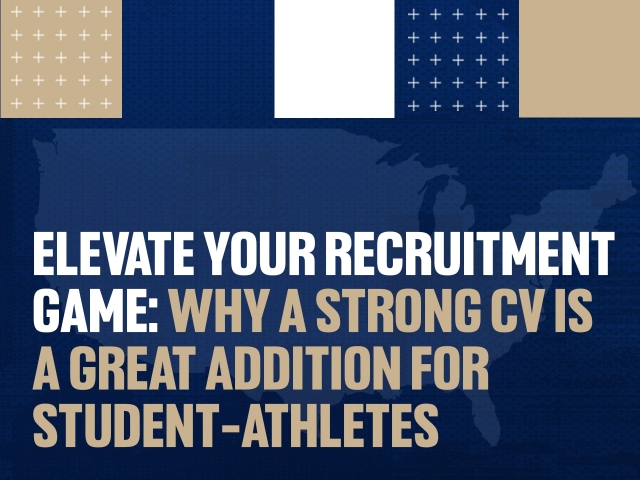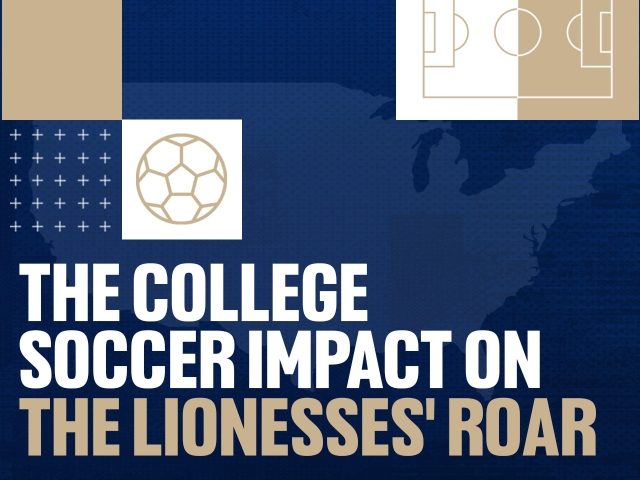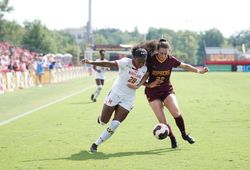For many students, receiving a full-ride athletic scholarship to play their sport in college is a dream. And rightly so; full-ride scholarships helps students to attend school for little cost. Tuition, room and board, books and certain course fees are usually covered. Full-ride athletic scholarships depend on your sport, division level, school and the position you play. We’ve put together some of the top factors to consider when searching for a full-ride athletic scholarship.
1. Headcount sports offer only full-ride scholarships
The NCAA categorises its sports into one of two kinds: headcount or equivalency. Headcount sports only offer full-ride scholarships; they have a specific number of scholarships they can give out each year, and each scholarship is a full-ride. This means that every player with a scholarship is there on a full-ride; anyone else is considered a walk-on. Headcount sports include the following:
- Division I men’s and women’s basketball
- Divisions IA football
- DI women’s tennis
- DI women’s volleyball
- DI women’s gymnastics
2. Equivalency sports typically only offer partial scholarships
3. Some sports positions are more likely to receive a larger scholarship offer
Although it sounds unfair, in certain sports, one position may be more likely to receive more scholarship money over another. For track and field, for example, sprinters tend to get more scholarship dollars because they tend to run in more events than long distance runners. It is wise to do your research to see where your position lands.
4. If you’re not getting the scholarship level you want, move down a level
If you’re only considering DI schools, start reaching out to DII schools. Being a top recruit will make you a more attractive prospect for coaches. Some programs offer full or almost full scholarships to top athletes, and round out the roster with recruited walk-ons. In sports like baseball, softball, track and swimming, this tactic is often used. Unless you are determined to attend a specific school at a higher level, you will be provided with greater opportunities by broadening your search to various levels.
5. Most athletic scholarships aren’t guaranteed for all four years
Most athletic scholarships are one-year contracts that need to be renewed each year. Some schools are now offering multi-year contracts for either two, three or four years. However, these offers are still rare, and are typically reserved for top players.




